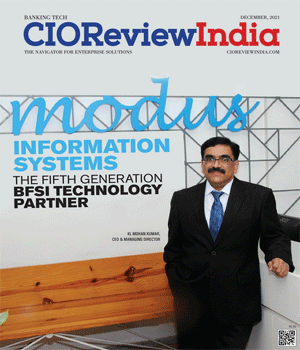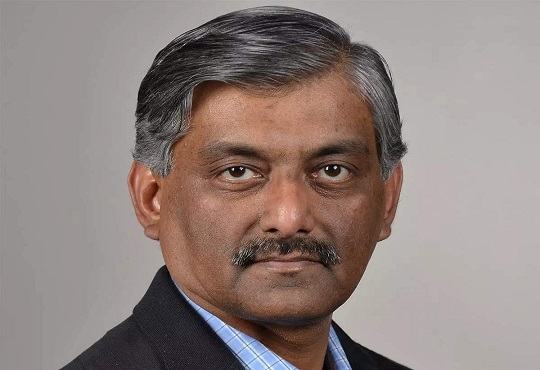
Crafting the Digital Journey in Banking
Janifha Evangeline
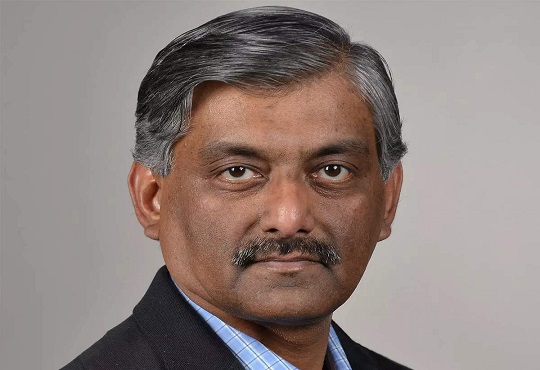
Mahesh Ramamurthy, CIO, YES BANK, in an interaction with Sudhakar Singh, Editor, CIOTechOutlook, shares his thoughts on how digital transformation is revolutionizing the banking sector.
To stay ahead of the curve in today’s competitive BFSI market, banking CIOs need to undertake front-to-back digital transformations. How do you see the changing role of a banking CIO?
I think it's very pertinent to the environment that we are all in. If you look at it today, CIOs need to understand the technological aspects for sure. But more importantly, they need to be collaborators and enablers for the business. And in doing so, it's about understanding how the business strategy and each of the business lines within it is having its expansions planned out.
Once a CIO understands the business strategy, being a partner to enable the growth strategy, or the risk part of the story, or the data governance part of the story is where the CIO plays a very pivotal role. In order to create those enablers, he has to ensure that teams are collaborating with each other well, measure how effective the teams are, what are they bringing to the table and how is it going to help the business and its story. This means that every CIO should not just be a pure technologist but should also be a business technologist, which essentially means being focused on business KPIs and enabling those KPIs to be achieved.
At the same time, it is also important to manage some of the key availabilities and data KPIs which are imperative to any organization's framework. I think that's an evolving rule. So, I would break it up into a strategy, alignment to strategy, alignment to an execution plan to help the growth, and more importantly, managing the risk framework for the bank, in terms of availability, the confidentiality of the information, and the data governance. These four are very critical. Therefore, whatever the CIO builds, an organization has to be around some of those themes in terms of their leadership, and the quality and the competency of the people that they bring to the table is very critical. That's what I would bring to the table.
YES BANK has now returned to full year profitability in the fiscal year ending March 2022. What role has IT played in it? And how have you been driving the digital transformation for the bank?
It's a great team effort with fantastic guidance from the executive management that has the support of the board. We have bravely come together. In fact, it has set us on the path of acceleration again. The spending that we're doing around the digital and the digitization is very critical. There are three to four themes, which are very pivotal for us as we start our next journey.
First is the productization of our API stack. We have always been known in the industry to be a digital bank, doing a huge number of payment transactions. So, it's all about how we engage with our partners and the merchant ecosystem. For that, it is very important to productize API.
The second is enabling the acquisition journeys, which means as we grow and acquire more customers across various channels and products, it is very important for us to create those experiences for the on-boarding and service capabilities. Towards that, there is an entire team, which is focused in terms of unifying our journeys, while also reducing the friction, and making sure that the segmentation for customer experiences is being well thought out and being presented. The young generation has different expectations than the older generation. So, it's about how you cater to these demands, and how you position them. That is the digital on-boarding and the service story.
The other part is around the entire data and the data governance because data plays a very important role today. Given the kind of data we have, it is about how we can use it for analytics, which supports the internal management decision-making, the ability for us to cross-sell, and upsell, and more importantly, to give the right advice to our customers.
Last but not least, is about risk and sustainability. While we do all this in terms of digitization, it's more importantly about the risk governance. Unlike in the past when cheques used to take days to clear, today, transactions are quite instantaneous or near real-time. We have to have the right kinds of checks and balances in terms of integration to our fraud and risk control systems. And more importantly, we should make sure that we have the right frameworks associated with dealing with the digital explosion. That is another big area in which we are looking to support the digital journeys, to support the new growth areas because that's very critical. Banks have to understand it, simulate what they need to do, and start the execution in those spaces.
Another important factor for doing all of this is digitization. You can create a great digital front end but at the end of the day, if you're dropping everything onto a floor and expecting these back-office operations to make the data entry, you're defeating the purpose of doing all of that. So, we are also now working on a large program with an intent to do zero ops. But zero ops means that you are doing a lot of straight-through processing and making sure that you are improving the customer experience not by just what they see, but by what they get. And that is very important.
Managing data security and customer privacy is a major concern today. How do you propose to allay it?
Whatever we do is governed under three key axioms, which are confidentiality, integrity, and availability. Availability is very important for a bank from a service enablement and sustainability perspective. Integrity is how we deal with money. At the end of the day, any bank deals with money either from its customers, on behalf of its customers, or what it gets from the customers by virtue of loans that it pays or it extends. For the integrity of its transactions, the integrity of what it does is very important.
The third part is confidentiality which pertains to every piece of data, customer information, or financial transaction information. We have a sharp laser focus in terms of defining confidentiality and how we protect the data. That is very important. It's not just about how we keep the data in our records, but about the whole framework, about how the whole ecosystem is protected. And how secure are we in not just storing but how are we presenting it to any customer, either through the API or through our channels. So, there is security everywhere. And this security works on the core principle of trust and we call it zero trust, which means that everything has to be properly managed, such that the customer gets a trusted transaction. With zero-trust, the customer gets a trusted view, which is most important. That's how we go about it.
How do you see the future of banking with regard to the adoption of new technologies? And what is the future roadmap for YES BANK?
YES BANK is looking at it as a great opportunity because we have a solid base in terms of how we have engaged with our merchants. I think we are now on a good journey and our focus is around crafting the digital journeys far more experiential, and looking at new avenues to tap into. And last, but not least, is about roping in partners for expansion; expansion into two parts. The first one is the expansion by virtue of expanding our business horizons, and the second one is expansion by enhancing our product propositions through partners who bring those services into one common solution to our customers.
CIO Viewpoint
Upcoming Technological Advancements in Payments...
By Pinak Chakraborty, CIO of Airtel Payments Bank
Shaping the Future of AI: Talent, Innovation,...
By Yann LeCun, Chief AI Scientist at Meta
Future of Smart Manufacturing: Integrating Tech...
By Mohammed Kaishulla, Chief information officer, EPACK Durable
CXO Insights
Crafting the Digital Journey in Banking
By Janifha Evangeline
Incorporating Blockchain Capabilities into...


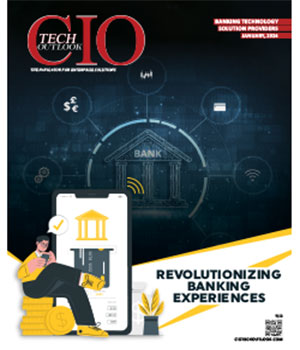
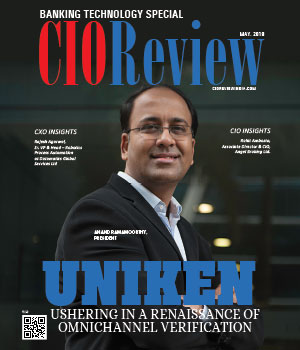
.jpg)
.jpg)
